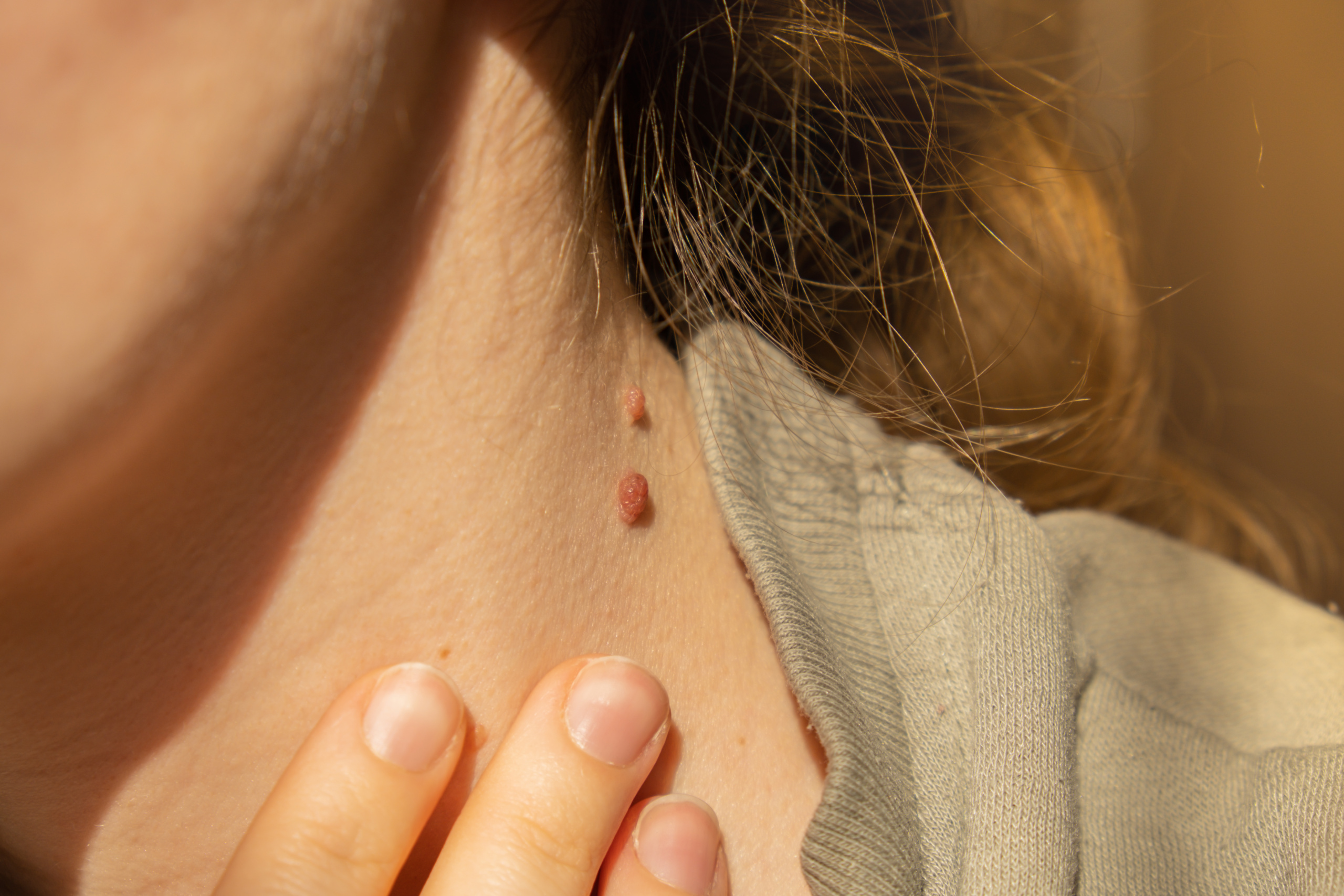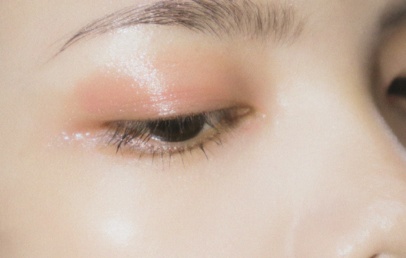
Have you ever noticed some small, soft bump on your skin that seems to appear out of nowhere? These tiny flaps of flesh, commonly known as skin tags are usually harmless but they could be sending little subtle messages. Skin tags are often dismissed as cosmetic nuisances, however at times they can hint at underlying health issues or lifestyle habits that need attention.
Here, let’s discover what your skin tags could be trying to tell you and how to treat them safely and effectively.
What Are Skin Tags?
Although skin tags themselves are not dangerous, they can sometimes be a red flag pointing to bigger issues. Here’s what your skin tags might be hinting at:
1. Insulin Resistance or Diabetes
A sudden increase in skin tags, especially around the neck or armpits, can be linked with insulin resistance or prediabetes. Multiple researchers suggest a correlation between skin tags and elevated blood sugar levels.
What to do: If you notice a sudden burst of new skin tags in certain areas, it may be wise to speak with an endocrinologist and consider getting a blood sugar test.
2. Weight Gain Or Obesity
Skin tags often take place in areas with more folds and friction – therefore something more common in people who are overweight. This indicates pressure or rubbing in certain parts of the body.
What to do: Adopting a healthier lifestyle with a balanced nutrition and exercises can not only help weight loss but reduce the development of new skin tags.
3. Hormonal Changes
Pregnant women often develop skin tags due to fluctuations in hormone levels. Moreover, they also appear during hormonal disorders like polycystic syndrome (PCOS).
What to do: If you are unable to figure out any prominent symptom of skin tags, then it is recommended to consider hormonal check-up.
4. Friction and Skin Irritation
Certain factors like tight clothing, jewelry, constant rubbing can also trigger skin tags. So, if you notice skin tags in high-friction zones, your wardrobe may be to blame.
What to Do: If this is the case for you, opt for breathable fabrics, avoid tight colors or jewelry, and remember to keep your skin dry and clean.
Safe Ways to Keep Your Skin Protected & Remove Skin Tags
If your skin tags aren’t bothering you, there’s no need to remove them. But if they’re painful, irritated, or just annoying, here are the safe ways to remove them:
1. At Home Care Tips
- Keep skin dry and friction-free – Use powder in areas prone to rubbing.
- Avoid tugging or twisting – This can irritate the tag and its surroundings.
- Try topical treatments – Over-the-counter creams or natural remedies like tea tree oil may help dry out smaller tags.
Note: Not all skin tags are safe to treat at home. If you are unsure about the cause and condition of the skin tag, always check with a dermatologist.
2. Professional Removal Options
- Cryotherapy: Freezing off the tag with liquid nitrogen.
- Cauterization: Burning the tag with a medical-grade tool.
- Surgical excision: A quick snip with sterile scissors.
- Ligation: Cutting off the blood supply using a medical tie, causing the tag to fall off.
These methods are quick, usually painless, and carry a low risk of scarring when done by a professional.
When to See a Doctor?
While skin tags are mostly harmless, see a dermatologist if:
- A tag changes color, size, or shape.
- It bleeds, hurts, or becomes infected.
- You’re unsure if it’s a skin tag or something more serious like a mole or wart.
Final Words
Skin tags might be glamorous like freckles, but they’re nothing to shatter your confidence. More importantly, these are little messengers from your body, urging you to check your health. Whether due to your diet, wardrobe issues or getting a check-up, listening to these subtle signals can go a long way. If you are firm to choose skin tag removal, be gentle, stay informed and don’t hesitate to call in the professionals.




